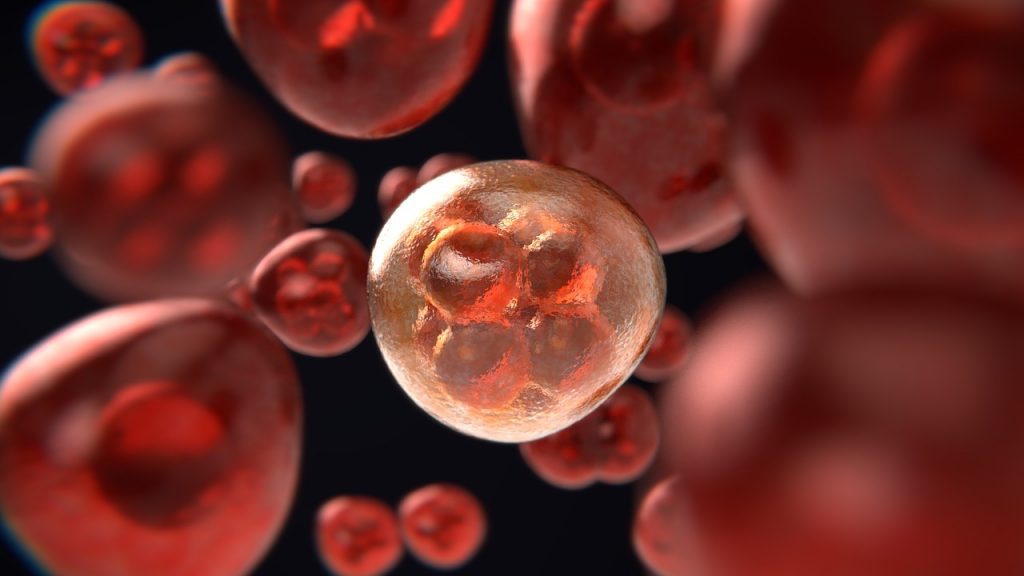Introduction
The Novartis case was a landmark 2013 judgement in Indian Patent law. In it, the Supreme Court of India prevented the evergreening of the patent on a lifesaving drug. Novartis famously set a precedent of what constitutes invention and the prospects of patentability of such invention, especially when it relates to medical/pharmaceutical substances.
Key Concepts
To understand how this case and its relevance to society, one must understand the following things-
Evergreening of Patent
A practice implemented by pharmaceutical companies, where they extend the life of a patent for an additional 20 years period by making minor modifications to the already patented drug without enhancing the efficiency of such a drug.

Provisions of the Patents Act, 1970
Section 2(1)(j)- “invention” means a new product or process involving an inventive step and capable of industrial application
Section 2(1) (ja)- “inventive step” means a feature of an invention that involves technical advance as compared to the existing knowledge or having economic significance or both and that makes the invention not obvious to a person skilled in the art
Section 3(d)- the mere discovery of a new form of a known substance which does not result in the enhancement of the known efficacy of that substance or the mere discovery of any new property or new use for a known substance or of the mere use of a known process, machine or apparatus unless such known process results in a new product or employs at least one new reactant. Explanation. -For the purposes of this clause, salts, esters, ethers, polymorphs, metabolites, pure form, particle size, isomers, mixtures of isomers, complexes, combinations and other derivatives of known substance shall be considered to be the same substance, unless they differ significantly in properties with regard to efficacy.
Imatinib Mesylate
A drug which helps in the treatment of cancers and some tumors.
Novartis AG
A global healthcare company based in Switzerland. In this case, it is the claimant for the patent rights.
Facts of the Case
Novartis AG introduced some changes in the already known drug- Imatinib Mesylate and filed a patent application for a beta crystalline form of Imatinib Mesylate (commonly called Glivec). They proposed it as a new product and applied for its patent at the Chennai Patent Office on 17th July 1998.
This application was rejected by the Patents Office on the grounds that it was not an invention under section 3(d). The Controller held that the beta crystalline form of imatinib mesylate is the salt of a known substance and does not show any increase in efficacy.
Novartis AG challenged the constitutional validity of section 3(d) and the decision of rejection of its patent claim in the Madras High Court. The Court referred the matter of rejection to IPAB, which upheld the constitutional validity of section 3(d). Novartis, aggrieved by the IPAB decision to reject its patent application, filed an appeal application before the Supreme Court.
Key Observations by the Supreme Court
In paragraph 193 of this judgment, the SC explained the requirements for a “new product”. It states
“in the case of chemicals and especially pharmaceuticals if the product for which patent protection is claimed is a new form of a known substance with known efficacy, then the subject product must pass, in addition to clauses (j) and (ja) of section 2(1), the test of enhanced efficacy as provided in section 3(d) read with its explanation.”
The Supreme Court opined that the “efficacy” in section 3(d), in reference to a pharmaceutical/medical substance is “therapeutic efficacy”. If the new product is not efficacious compared to the known product with known efficacy, then no patent can be granted.
In paragraph 22 of this judgment, the Supreme Court also observed that appeals from the decision of the IPAB must go to the High Court in the first instance, then to the Supreme Court. It is because of the agreement of the respondents in the present case and seeing the importance of the matter, the Supreme Court made an exception to adjudicate upon the said matter. It prevented this instance to be treated as a precedent.
The Final Decision And Its Impact
This challenge was rejected by the Supreme Court of India on the ground that the said drug (a beta crystalline form of Imatinib Mesylate) did not produce an enhanced or superior therapeutic efficacy as compared to the known substance i.e. Imatinib Mesylate.
Had Novartis AG been granted the patent, it would have had serious consequences. As patent rights ensure that those other than the patent holder cannot utilize the patented product without the permission of the patent holder, it would have ensured Novartis’ monopoly over the drug ‘Imatinib Mesylate’, thus, preventing the poor from accessing this drug for the treatment of a serious disease like cancer.
Conclusion
This practice of evergreening the patent takes a toll on the poor by not allowing the generic versions of drugs to be made, leading to high prices. Such hiked prices especially for life-saving drugs impede the poor from having access to such necessary medicines. In the context of a developing country like India, the evergreening of patents would wreak havoc on those living in the lower strata.
For poorer countries, it becomes crucial that the pricing is in line with social concerns. Thus, it is important for the patent regime of a country to be vigilant and for the legal system to be quick in proper action. India through this judgement is not prohibiting patents on new forms of known substances.
Author: Shubham Panwar, Legal Intern at PA Legal.
In case of any queries, kindly contact us here.
Thank you for reading our blog! We’d love to hear from you! 🙂
- Are you Interested in IP facts?
- Would you like to know more about how IP affects everyday lives?
- Have any questions or topics you’d like us to cover?